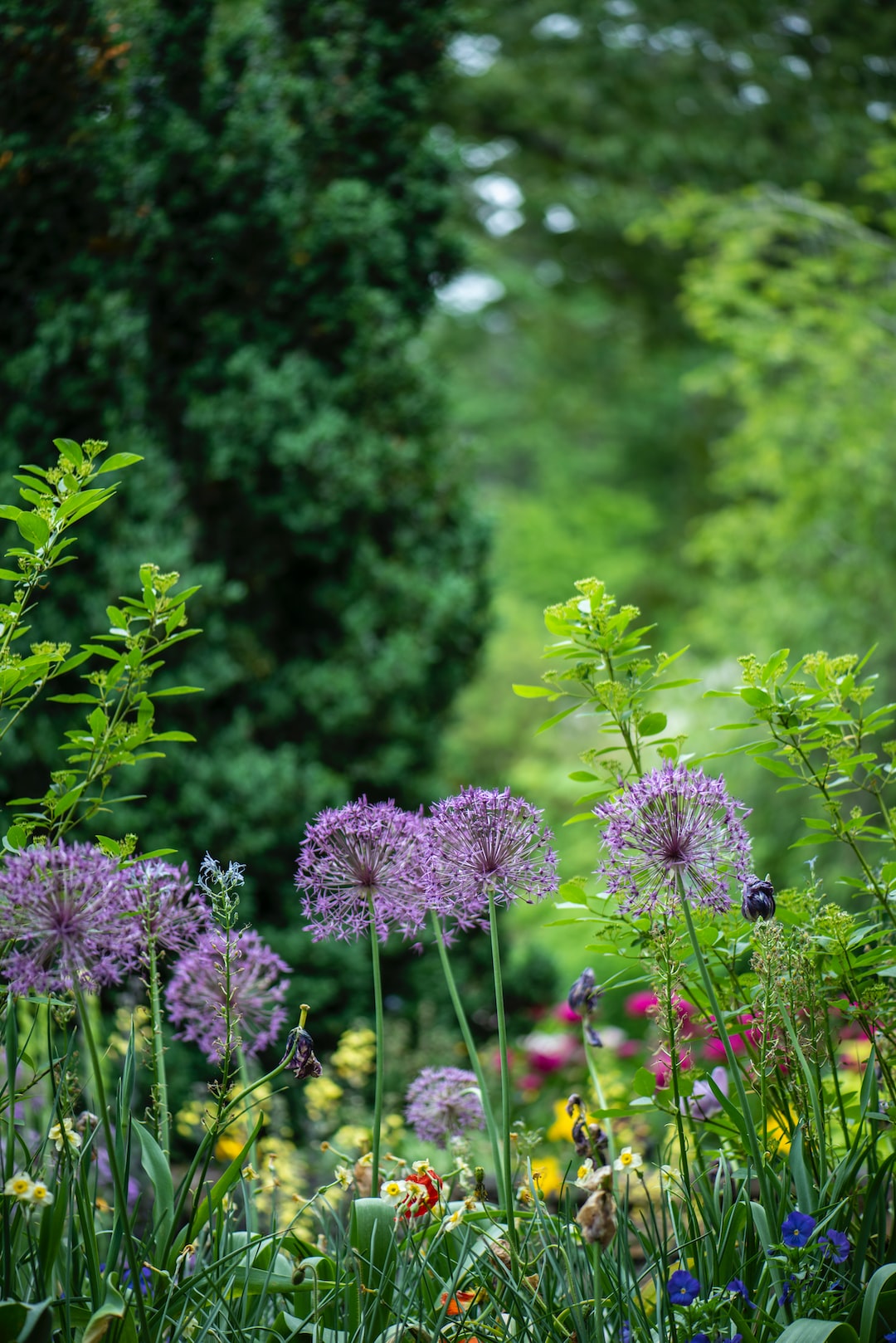The Joy of Indoor Gardening: Tips for Apartment Dwellers
Living in an apartment doesn’t mean you can’t enjoy the pleasure and benefits of gardening. With a little creativity and some understanding of indoor gardening, you can bring the joy of nature into your apartment and create a green oasis that will enhance your living space. In this blog post, we will explore some tips and tricks that will help apartment dwellers successfully create and maintain an indoor garden.
One of the first considerations when starting an indoor garden is the available space. Apartment living often means limited space, but that doesn’t mean you can’t have a vibrant and thriving garden. Look around your apartment and identify areas where you can place plants. Windowsills are an ideal location for plants that require sunlight, while shelves or plant stands can be used for plants that prefer indirect light. Use wall-mounted planters or hanging baskets to make the most of vertical space and create a visually appealing garden.
Once you have identified the spaces for your plants, it’s time to choose the right plants for your indoor garden. Consider the lighting conditions in your apartment. If you have windows that receive direct sunlight for a few hours a day, you can choose plants that require full sun, such as herbs, succulents, or flowering plants. If your apartment lacks direct sunlight, there are still plenty of options. Plants like snake plants, pothos, and peace lilies can thrive in low light conditions. Remember to research the specific requirements of each plant to ensure their optimal growth.
Watering is a crucial aspect of indoor gardening. Overwatering or underwatering can damage your plants, so it’s crucial to strike the right balance. Most plants prefer to be watered thoroughly and then allowed to dry out slightly between waterings. Use your finger to test the soil’s moisture level before watering. If it feels dry, it’s time to water. Additionally, be mindful of the humidity levels in your apartment, especially during the winter months when the indoor air tends to be dry. Consider using a humidifier or placing a tray of water near your plants to increase humidity levels.
Another important aspect of indoor gardening is choosing the right containers. While aesthetics are important, functionality should be the primary consideration. Ensure that your chosen containers have proper drainage to prevent water from pooling at the bottom, which can cause root rot. If you have limited space, consider using vertical planters or hanging baskets to maximize your available area. Additionally, think about the size of the container. Some plants, like herbs or small succulents, can thrive in smaller pots, while others may require larger containers for their roots to grow.
Indoor plants also benefit from regular fertilization. While some potting mixes come with slow-release fertilizers, it’s essential to nourish your plants periodically. Use a balanced indoor plant fertilizer and follow the recommended dosage. Overfertilizing can be harmful, so remember to read the instructions carefully. Fertilize your plants during their active growing season, generally in spring and summer, and reduce or stop fertilization during the winter months when growth slows down.
Pest control is another important aspect of indoor gardening. Even though you’re indoors, pests can still be a problem. Inspect your plants regularly for signs of pests such as spider mites, aphids, or mealybugs. If you notice any infestations, isolate the affected plants and treat them with organic or chemical solutions. Additionally, maintaining a clean environment, wiping leaves with a damp cloth, and occasionally showering your plants with water can help prevent pest infestations.
Finally, don’t forget the joy of interacting with your plants. Gardening is not just about the end result, but also the process. Spend some time each day observing your plants, checking their growth, and providing any necessary care. Celebrate the small victories, like a new leaf or a small bud. Surrounding yourself with greenery can have incredible therapeutic effects, reducing stress, improving mood, and fostering a sense of connectedness with nature.
In conclusion, indoor gardening offers a fantastic opportunity for apartment dwellers to connect with nature and create a serene and beautiful living space. By carefully choosing the right plants, understanding their needs, and providing proper care, you can enjoy the joys of gardening even in a limited space. So, go ahead and bring the beauty of the outdoors inside—you’ll be amazed at how it transforms your apartment and enriches your life.

